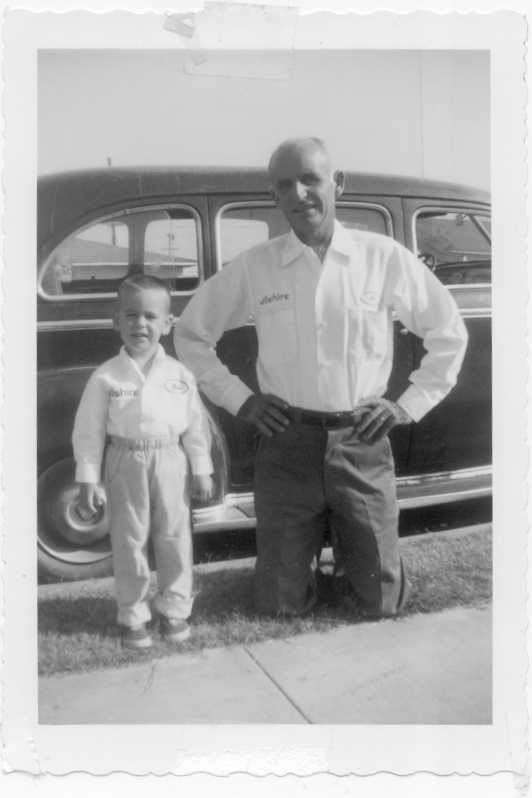Reading Time: 9 minutesAbout a month ago I sat in on a Social Marketing Optimization (SMO) Training Seminar. The obvious purpose of this seminar was to teach a company’s employees the importance of SMO, which is how to get involved by setting up a Stumble Upon account, becoming a regular user of Stumble Upon, writing blog entries, posting comments to blogs, etc.
The trainer took a few minutes to explain that Social Marketing or Social Media is not a new convention, in fact all of us have and continue to participate in Social Marketing activities in our everyday lives; however, this participation traditionally may not have occurred on the web, but instead in our daily contacts with friends, neighbors, co-workers, storekeepers, etc. As the trainer explained this phenomena, if you need a recommendation for a plumber you might first call your trusted next door neighbor, before searching the web for plumbers in your neighborhood.
At the time I thought that this was a clever analogy, but it came to me later that a closer analogy to the anonymity of web SMO might be the traditional Service Station proprietor.
Do you remember the old-fashioned Service Station owner? I have fond memories of a particular Service Station owner ~~ my father, Joe, who owned a Service Station from about 1955 until 1963. When my father first leased the station it was a Wilshire Service Station located at the corner of 7th and E Avenue in National City, CA.
Looking back I now realize that Joe was an original and natural social marketer. How he came to own the service station is another story, but suffice it to say the service stations, as we knew them then, offered anyone, who ventured into the station, a wealth of assistance and information. And while my father had a good number of regular customers, for the most part the daily customers were strangers to my father. And yet these strangers, not unlike today’s web social group members, depended on him for more than gasoline.
If the customer needed driving directions, no Mapquest, just ask Joe or one of the service station attendants. If you needed a local or state map, they were provided by the service station at no cost! Need a suggestion for a good restaurant, again no IPhone with Google maps, just ask Joe and he might send you to the El Juan Cafe for Mexican cuisine (still in business) or Keith’s Family Restaurant (still operating) for home-made fried chicken. Looking for a particular church, Joe only had to point you across the street to St. Mary’s Catholic or just down the street to St. Matthew’s Episcopal. Need to know what was playing at the local movie theatre, Joe could tell you the current film and show times at the Bay Theater (built in 1944, the building is still there but for sale for $2.7m.)
And let’s not forget that service stations in years past did not have mini-marts, but they did offer you a clean restroom, a soda machine, they could fix a tire, tune your car and if you needed a phone, just come on in and you were given the opportunity to use the business phone. No payphone on site and certainly no cell phones.
One of my favorite memories of Joe, as a social marketer, was him serving as an impromptu employment agency. Frequently local people would stop by looking for work and if Joe didn’t have an opening, he would know which businesses in the neighborhood were looking for employees. Over the years, Joe employed many family friends, offering them part-time positions to help make ends meet. No Hot Jobs or Monster.com…just stop by and talk to Joe.
And there were even days when a complete stranger would come into the station, ask for a fill-up; however, when payment was requested suddenly they would indicate they had no money. These strangers would then barter with my father leaving a watch or something else of value promising to return later with cash to redeem their item. I don’t know, you might call this a little credit union, pawn shop, or even pay day advance.
Sometimes the service station would serve as a small used car lot. Local people would ask to park their cars with a “for sale” sign posted on the car. My father bought more than one of these used cars over the years, the most memorable being a seven+ passenger Cadillac Limousine, circa mid 1940s. (see the photo of my dad in front of the black Cadillac taken in 1960, wearing his Wilshire shirt, with my then four year old brother, Michael, sporting his own Wilshire shirt.) Could this have been the precursor for CARMAX?
I like remembering my father and his service station. He took good care of his customers and he was always willing to provide recommendations, not unlike today’s blogs, and other on-line social media and marketing vehicles.
Click here to learn more about:
the history of service stations or to enjoy photos of the Bay Theater.



